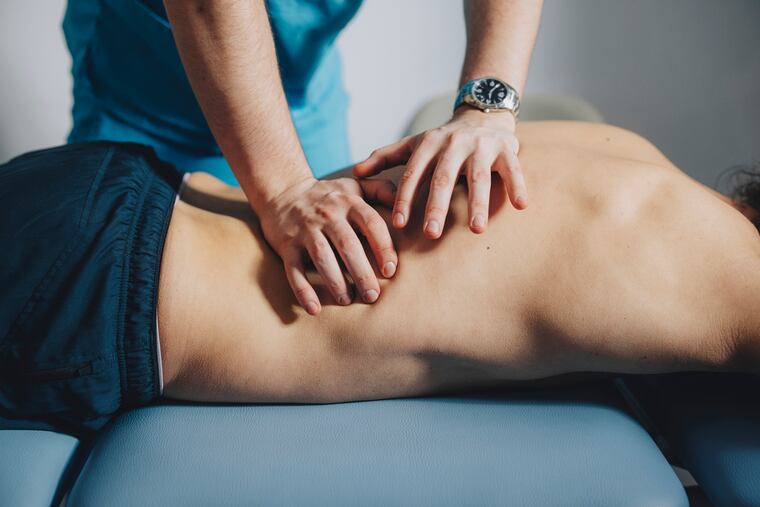What’s really happening when your back ‘cracks’ | Expert Opinion
When I ask my patients what they think is happening, they often guess that I’m putting their bones “back into place.” Of course, that answer is incorrect so let’s clear up any misconceptions.

One of the most common questions I get asked as a chiropractor is: “What is that crack coming from my back?” When I ask my patients what they think is happening, they often guess that I’m putting their bones “back into place.” Of course, that answer is incorrect so let’s clear up any misconceptions.
First, know that chiropractic manipulations (or for those who see a DO, osteopathic manipulations) are not for everyone. People with such conditions as osteoporosis should avoid manipulations because the treatment may be more harmful than helpful. Always check with your doctor before starting any new treatments. You are usually safe starting with a provider who focuses on soft tissue work such as myofascial release because it’s a slow and controlled stretch. If you are a candidate for manipulations, here is what is actually happening.
To help your joints move smoothly, your body produces something called synovial fluid, which is a slippery liquid that lives in your joints. Think of it as the oil you put in your car’s engine to keep everything moving smoothly. Synovial fluid helps reduce friction in our joints so that we cut down on wear and tear when we move. As we age, the muscles that move our joints stiffen, which reduces the amount of movement that occurs in our joints. When we don’t work on our flexibility, we can lose it.
When someone has a joint manipulated or adjusted, the joint is basically being opened, which causes the synovial fluid to produce air bubbles that then create a pop or cracking sound. As a chiropractor, by using an adjustment to stretch your muscles, I am helping your joints to open up and then … pop. That’s it. That popping sound is just air in your joint.
As we age, we don’t move as well as we did when we were kids. Responsibilities at work have many of us sitting for long periods of time, and all of that sitting causes a lot of tightening. And all of that tightening contributes to muscle pain and soreness.
I also asked my colleague Mckeon Buffamonte, a chiropractor in Cherry Hill, for his explanation of what happens. He said: “The pops or cracks heard via a chiropractic manipulation are not sounds of damage or trauma; they are a result of increasing joint spaces for pain reduction and increases in mobility.”
So the next time you hear that pop when you stretch out your back, think to yourself, I need to get more flexible. Three simple stretches that you can use to keep your back moving include cat-and-cow pose, sphinx pose or cobra pose.
Marc Legere is a chiropractor specializing in myofascial release in King of Prussia and Cherry Hill. He is available by email to answer your questions at mlegere@patchtechnique.com